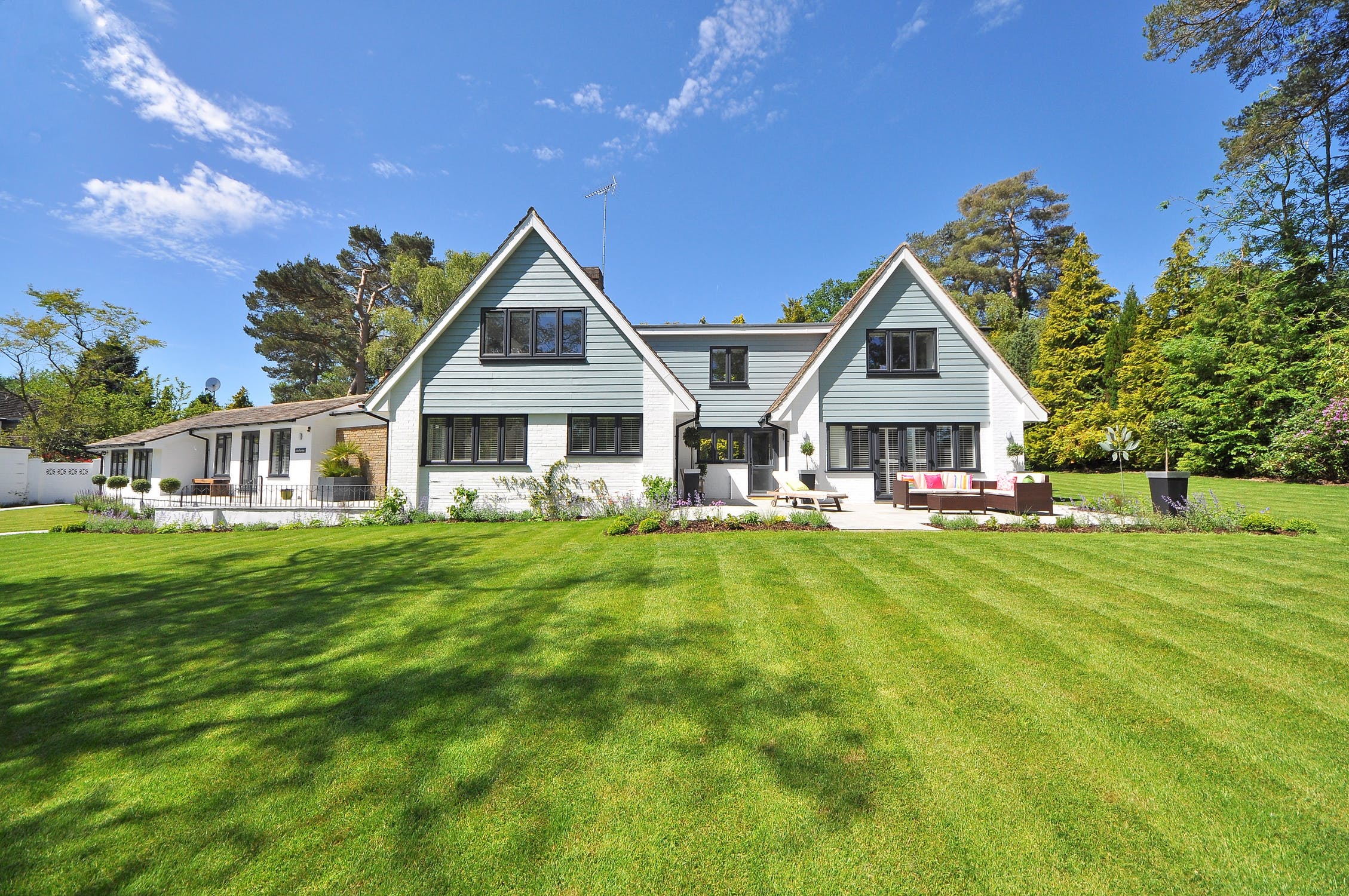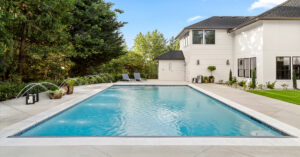
There’s something very meditative about keeping a lawn neat and tidy. For many of us, our outdoor space is very important, and we aim to maintain it as best we can. However, with all the stresses and commitments of modern life, it’s hard to keep up with our lawns. All too often, we end up allowing our lawns to fall into a state of needless disrepair.
The following lawn care tips can help any homeowner to identify problems with their lawn and act promptly to address them.
Remove Weed, Thatch, and Moss
Unwanted plants and other organisms in your lawn can cause serious trouble. These pesky plants take up vital resources and block the surrounding plants from taking on the nutrients that they need in order to thrive. Fortunately, these issues are usually pretty easy to solve.
Weeds
Let’s begin with weeds. A weed is any plant on your lawn that isn’t supposed to be there. Any plant can be a weed in the right circumstances and any garden can be affected by weeds. There are a number of ways that an unwanted species can begin to take hold on your lawn – birds, pets, and other animals all spread seeds and spores. In some cases, even our clothing and footwear can carry them into our lawn.
The easiest and most definitive way of dealing with a weed is to pull it out of the ground, ensuring that you bring the root with it. There are various specialist tools you can use to do this, but your bare hands will often be just as effective. In cases where there is a considerable amount of weed, sometimes it makes more sense to use a spray. If you have reservations about using herbicides, you can look for an all-natural or low-toxicity formula.
Thatch
Thatch is another common problem that can threaten life on your lawn. Thatch is caused when a pile-up of dead leaves, grass, and other organic matter creates a layer between fallen leaves and soil. This layer of thatch prevents vital nutrients from making it from the surface into the soil. This, in turn, means that the roots of various plants are unable to take these nutrients on board.
Areas affected by thatch are relatively easy to spot. The lack of nutrients will cause patches of dead and dull grass, owing to the lack of nutrients. The ground itself will also feel much spongier than usual.
Thatch is best addressed using a technique called scarification. This simply involves raking away as much of the mulch on your lawn as possible. There are specialist rakes available for this specific purpose that will assist in the process.
Moss
Mosses are responsible for some of the very worst and most insidious lawn problems. Mosses are non-flowering plants that thrive in areas where there’s an excess of moisture, shade, and low-quality turf. Left untreated, moss will continue to grow and will gradually reduce the ability of the surrounding grass to grow.
As with thatch, moss can be addressed with scarification. However, in order to fix the problem for good, you will need to identify the root cause of the moss. Moss will only form where conditions are right, these include – shade, clay-containing soil, poor drainage, thatch, and drought.
Use Sod to Grow Turf Quickly
Sod has got something of a bad rap over the years, but this is largely undeserved. Many of the issues that people have with sod are more to do with the way that they lay it than any problems with the sod itself. When sod is laid down on soil that has been properly prepared, it will thrive. Done right, sod is a very efficient way of growing your lawn at speed.
You can purchase sod relatively cheaply, making it a potentially fantastic investment for your lawn. Look for a business like Sod Depot of Tampa Bay that sells high-quality sod near you. You should aim to lay sod down as soon as you can after cutting it. Make sure you measure your yard carefully beforehand so that you know the precise dimensions and can order exactly what you need.
Improve Drainage
Poor drainage will quickly lead to waterlogging, which can take hours or even days to clear. Waterlogging will lead to other complications with your lawn health; these complications can rapidly spiral out of control. Both the permeability of your soil and the topography of your garden will affect the efficiency of your drainage.
Soil that is high in clay or has been heavily compacted will have poor permeability. This will greatly hinder the rate of drainage from your lawn. In some cases, problems with drainage can be sold by simple aeration of the soil. However, in more severe cases, it might be necessary to completely change the nature of your soil. Finally, changing the plants in your garden can sometimes have a dramatic effect on drainage.
Any dips in your lawn that create an area for water to pool can cause damage to your plants and grass. As you might expect, altering the physical landscape of your garden is no small undertaking and is the most difficult way of preventing waterlogging. The simplest solution is to install gutters and drains to direct water away from these problematic areas. You can also add in some wet plants that will thrive in excess water, or even re-landscape the area if you’re feeling brave.
Aerate
Aeration is a process that enables better penetration of air and water to the roots of grass. Aeration is essential in order for grass and plants to access the most vital nutrients that they need to survive. Aeration is achieved by making small holes at various intervals and depths, using either a simple garden fork or some more specialized equipment.
As a general rule, gardeners only need to aerate once every few years. Some gardens contain problem patches that require more frequent aeration; these can be addressed as needed.
Armed with these tips, you should be ready to kick your lawn game up to the next level. Once you have dealt with the most common issues a few times, you will find lawn maintenance a breeze.


